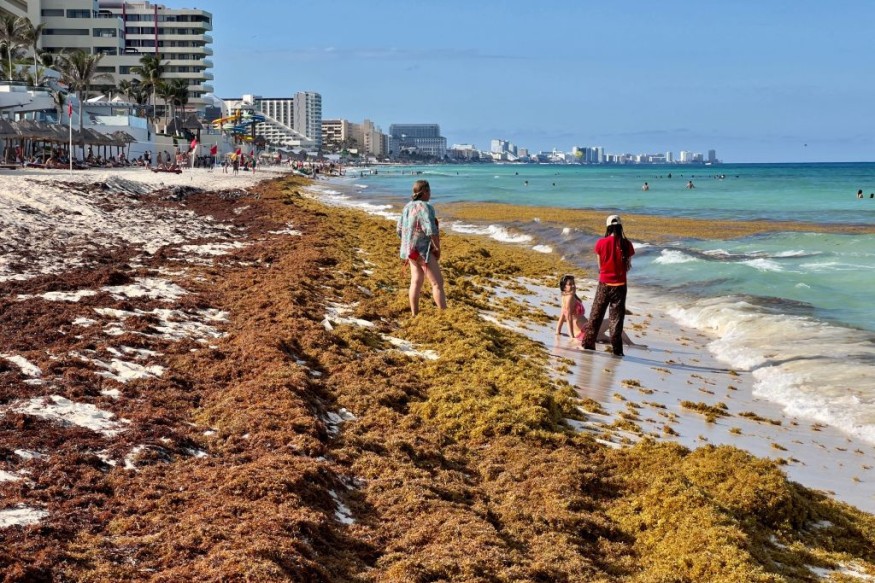
The latest report showed that Florida's massive population of foul-smelling stinky seaweed declined by 75% in the Gulf of Mexico.
The emergence of the stinky seaweed population could affect beachgoers. In May, CNN reported that the smelly seaweed population unfolded in Key West.
The report noted that beachgoers were unhappy as the Sargassum emerged on Florida's beaches, reaching about 3 million seaweed tons.
Stinky seaweed population in Florida Beaches
According to the University of Florida Optical Oceanography Laboratory, the Sargassum was seen in parts of the Caribbean Sea in 2011, especially in the summer season.
The report explained that the emergence of stinky seaweed could result in ecological and environmental concerns, originating in parts of the tropical Atlantic.
The agency said they would continue to monitor the emergence of the Sargassum in the area.
In June 2013, the report found that the emergence of the Sargassum amount managed to decrease by 75%, especially in the Gulf of Mexico and the Western Caribbean Sea.
The massive decline of the seaweed is good news for beachgoers in Florida, as the summer season is already here, and many Americans want to enjoy the beach amidst the challenging heat.
More facts about the Sargassum
According to the Sargassum Information Hub, the emergence and proliferation of Sargassum could be attributed to the changing wind patterns.
The report noted that thousand of tons of Sargassum could likely emerge in the famous beaches in portions of the Caribbean and America.
Because of the foul-smelling odor from the Sargassum, it could prevent tourists from visiting beaches.
Furthermore, the NOAA Ocean Exploration reported that Sargassum is also known as a large seawood. In marine life, seaweed can become helpful for food sources and breeding grounds for turtles, birds and fishes.
Going to the beach this summer season
As many Americans planned beach activities this summer season and searing temperatures, they should always check the weather conditions.
It is best to visit beaches with patrolling lifeguards, as possible sharks could roam over the area. In May, Nature World News reported that a 13-year-old girl suffered from a shark attack, leaving the victim with 19 stitches.
Beachgoers should only swim in designated or supervised areas, so the lifeguards can quickly alert them. Immediately keep out of water when sharks are spotted.
Furthermore, it is best to swim with a friend or company. Swimming at night is not also recommendable.
There are times when severe thunderstorms could emerge while people are on the beach. Beachgoers should go out of water when thunder roars.
While on the beach, applying sunscreen is essential, as hotter conditions could become deadly. Using bug spray is also helpful.
On the other hand, beachgoers should keep away from rip currents. If your family members become missing, immediately call for help from authorities or a lifeguard.
For more similar, don't forget to follow Nature World News.
© 2025 NatureWorldNews.com All rights reserved. Do not reproduce without permission.





